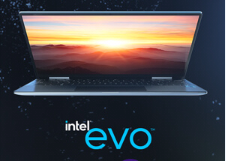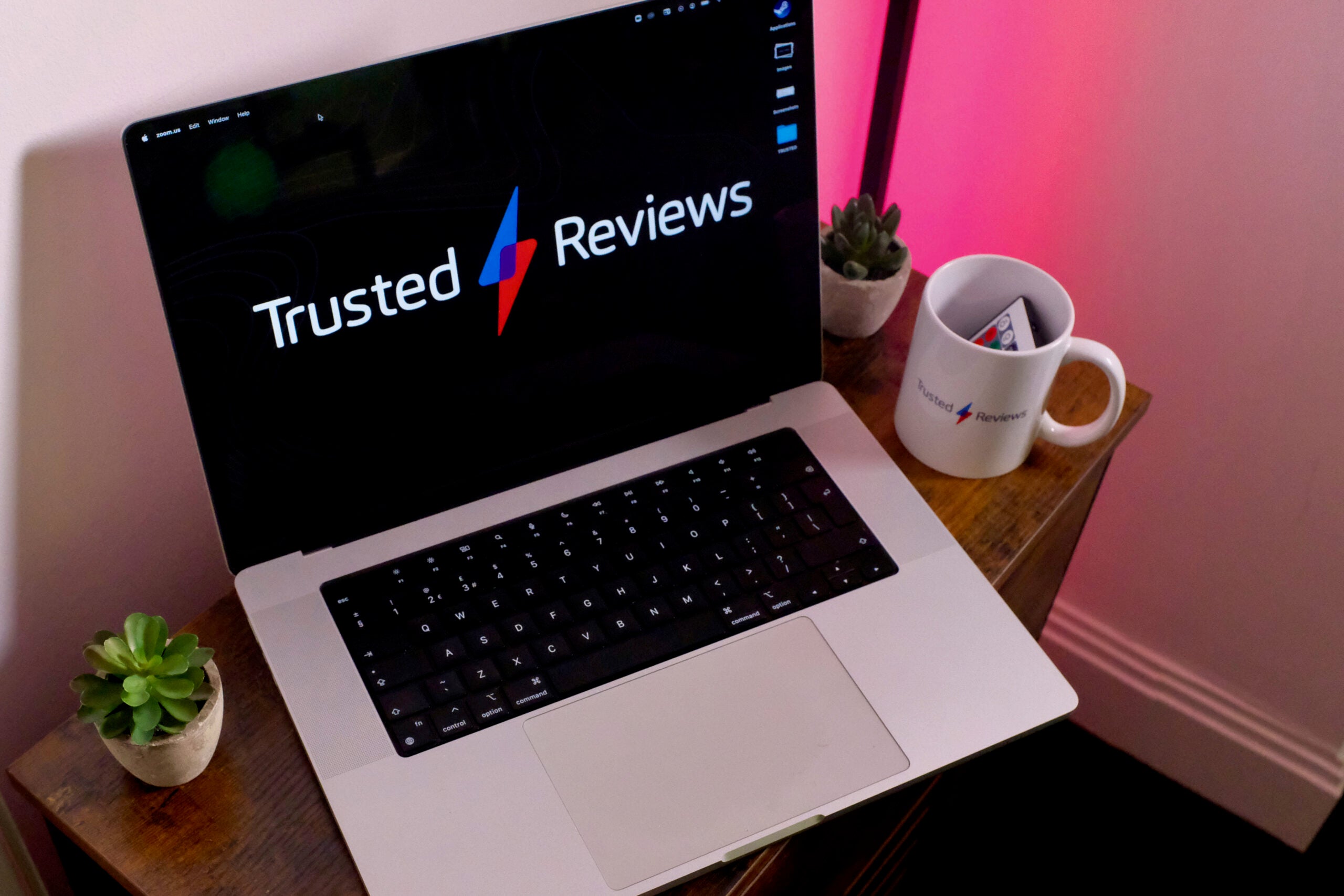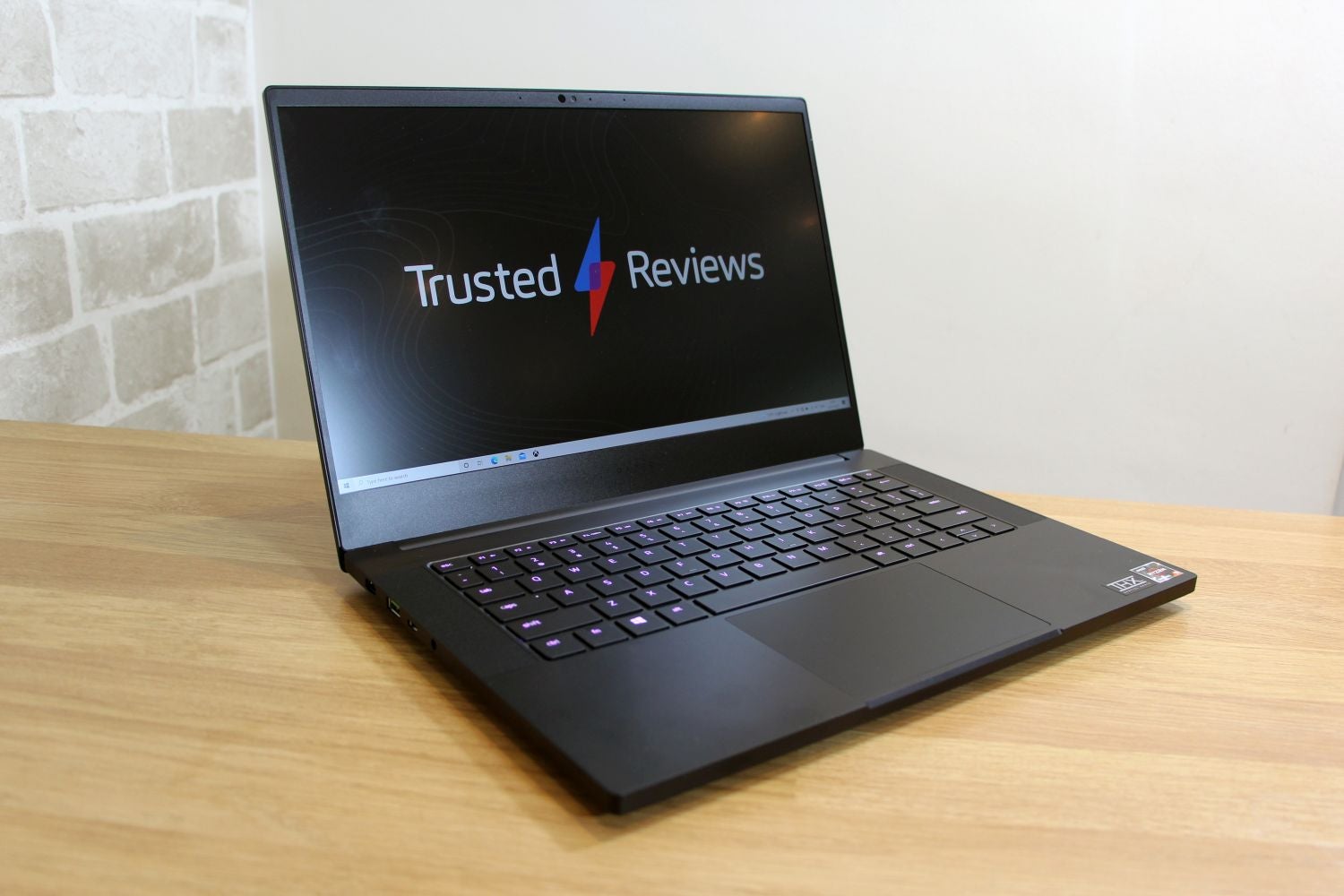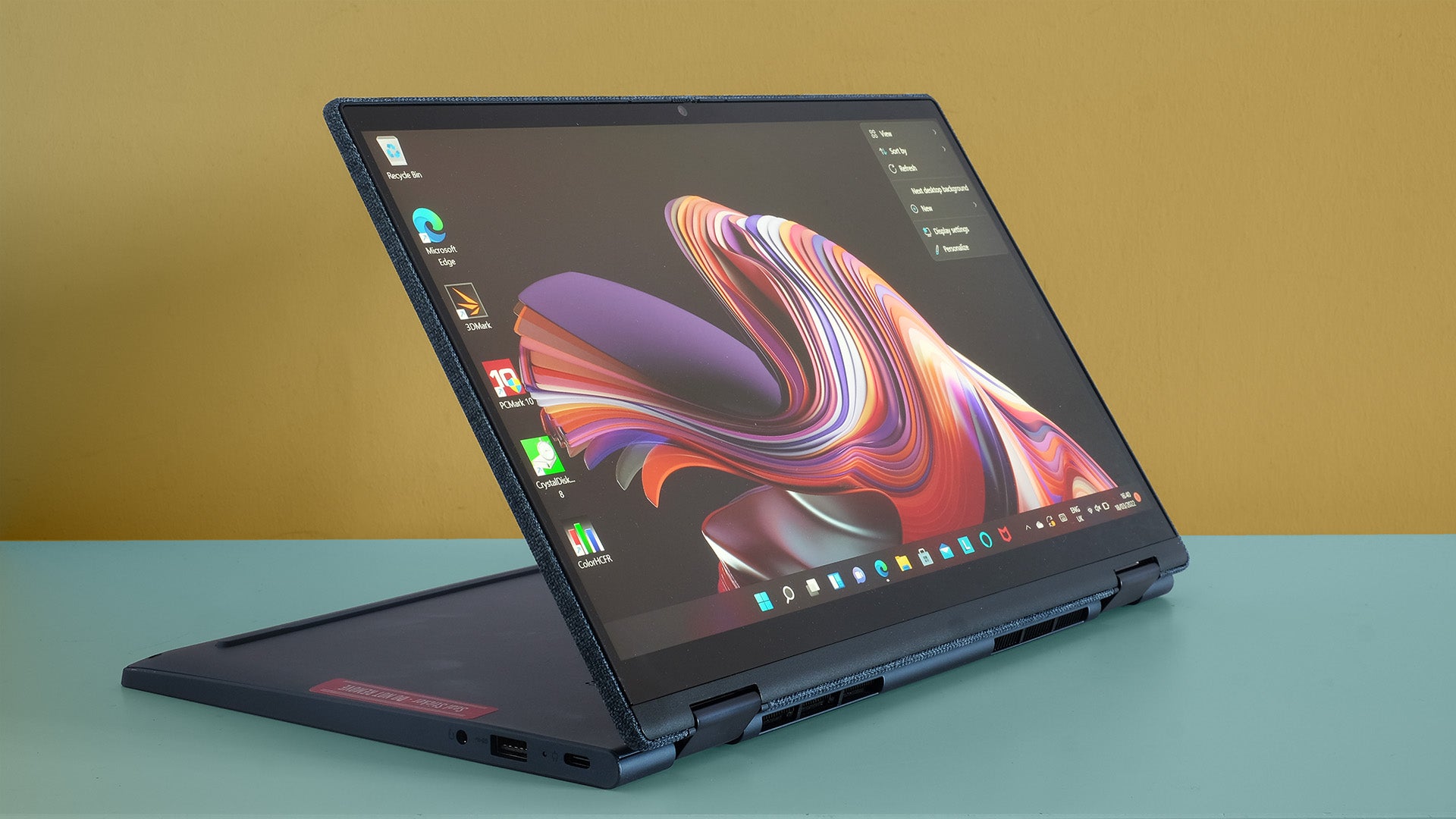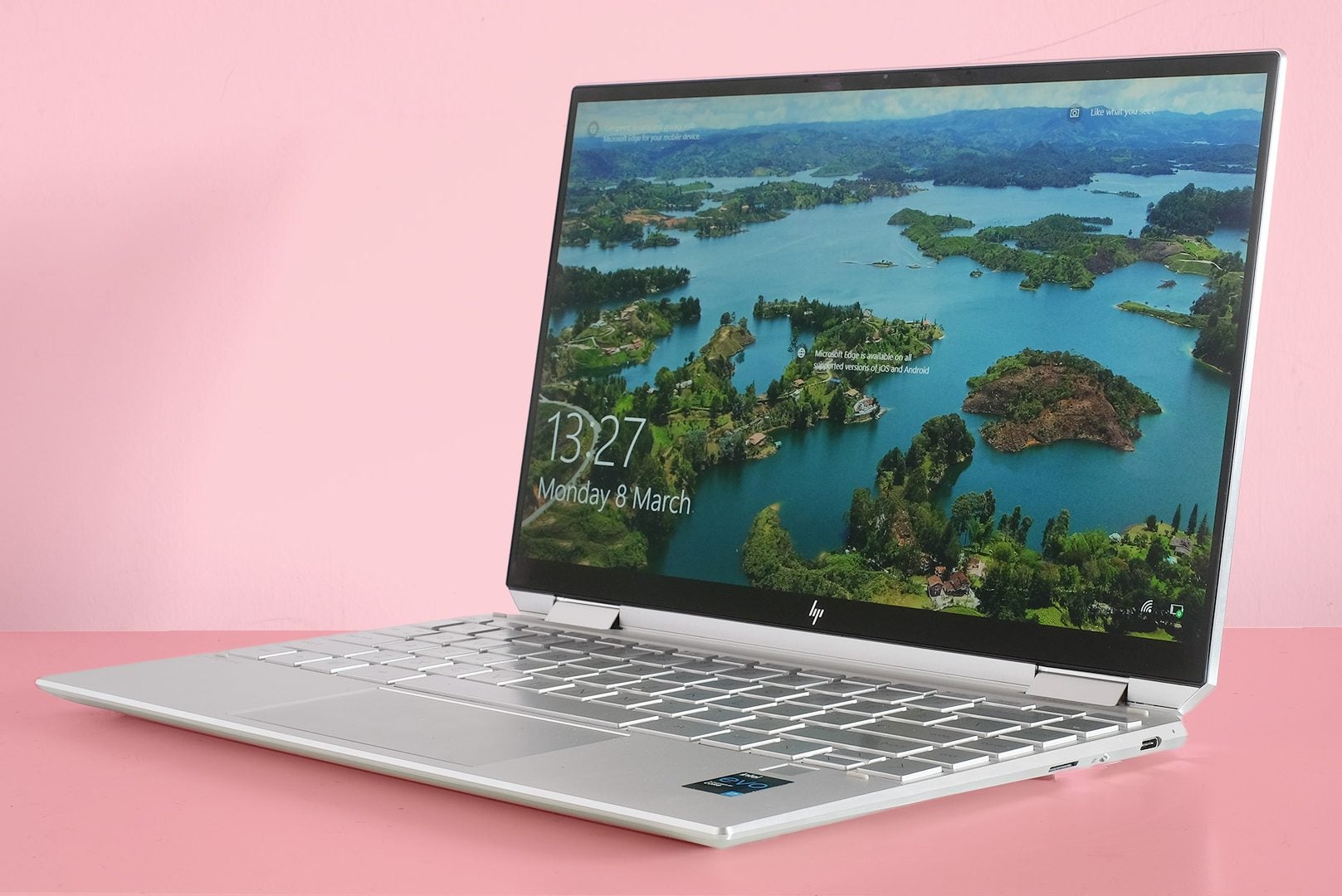How much RAM does a laptop need?
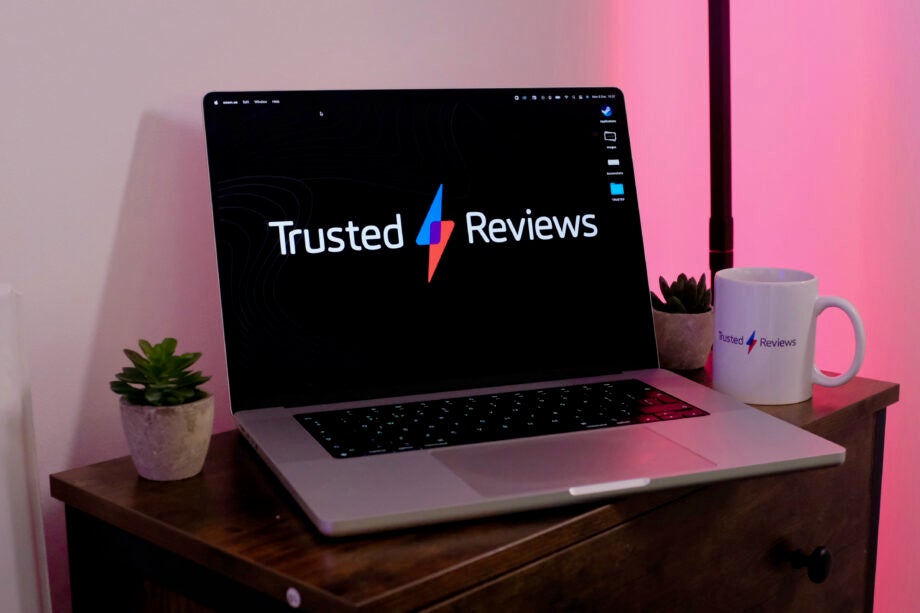
There are a lot of factors to consider when purchasing a laptop, including how much RAM you will need.
RAM, or Random Access Memory, isn’t one of the most important specs to consider these days, but it’s still important to get the right amount according to your workload.
That’s why we’re here to break down RAM and how much of it a laptop will need, depending on its use case.
How much RAM does a laptop need?
In general, most basic laptops come with 8GB of RAM. We would recommend that most people aim for 8GB, as it will provide a smooth performance during basic tasks like web browsing and sending emails.
8GB should also be more than enough for a majority of office workers, so you probably won’t need to worry about upgrading the RAM at checkout if you plan on sticking to day-to-day tasks and applications.
Do any laptops have less than 8GB RAM?
Yes, some laptops will come with less than 8GB RAM, though it is not that common. Generally, Chromebooks are the main laptops that come with 4GB RAM, with the Acer Chromebook 314 being a great example.
Again, we’d always recommend aiming for 8GB of RAM where possible, but 4GB of RAM can still provide a decent performance for Chromebook laptops. That said, you’ll likely notice slowdown when multitasking or having multiple web browser windows open simultaneously.
Do I need more than 8GB RAM?
Most people should be fine with 8GB of RAM, as you don’t really need more when carrying out simple tasks such as having multiple web browser windows open simultaneously.
But if you are looking to engage in more intensive work on your laptop, such as gaming or content creation, you will want to look for more than 8GB. As you can imagine, loading up huge in-game worlds or creating complex animations will require a greater capacity of memory to ensure a smooth performance.
As a result, we suggesting having 16GB of RAM as an ideal starting place for such workloads. But it is important to note that RAM can get quickly eaten up by renders and video, meaning that 16GB may not be enough for certain games and tasks.

In that case, you can find laptops that pack over 32GB of RAM, with the Apple MacBook Pro 16-inch laptop being configurable up to 32GB when paired with the M1 Max chipset. The MacBook Pro 14-inch also goes up to 32GB, since both laptops have been designed for intensive creative workloads.
In terms of video games, it’s always worth checking the minimum requirements of a game. Generally, you won’t need to look for a gaming laptop that goes over 16GB, with the likes of Elden Ring deeming that enough memory. Instead, you’re better off focusing your money on improving the CPU or GPU.
Generally, the likes of the CPU and GPU are more important considerations for performance, as they can not only avoid bottlenecks, but also improve the frame-rate performance substantially. Nevertheless, it’s still important to take note of how much RAM your laptop has before purchasing, to ensure that you get the best experience.
If you want more tips on buying a new laptop, check out our article on how much battery a laptop needs, as well as what laptops are Intel Evo. You can also see our best list of laptops for this year, for an overall gauge of which high-quality laptops are currently available.


